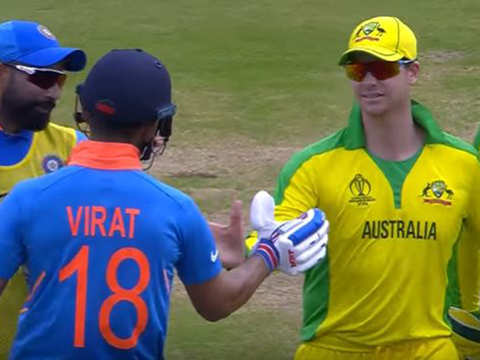Cricket, often referred to as a gentleman’s game, is a sport that combines strategy, skill, and teamwork. While batting and bowling are undoubtedly crucial aspects of the game, one often overlooked but equally vital facet is field placement. The art of setting up your field strategically, also known as captaincy, can be the difference between a win and a loss. In this blog post, we’ll delve into the world of cricket field placement and explore how crafty captaincy can turn the tide of a match.
The Art of Field Placement
Cricket, a sport steeped in tradition, is known for its subtle nuances and complexities. One such subtlety is field placement, a critical aspect of captaincy. The fielding captain’s role is not limited to merely rotating bowlers and motivating the team; it extends to setting the field to exploit the batsmen’s weaknesses and restrict their scoring options.
Field placement is a delicate balance between anticipation, intuition, and analysis. A captain needs to understand the strengths and weaknesses of both the bowlers and the opposition batsmen. They must also be aware of the match situation, pitch conditions, and the state of the game. All these factors come into play when deciding where to position fielders.
The Basics of Field Placement
Slips and Gully: When a bowler is generating substantial seam movement or swing, placing slip fielders and a gully is a common strategy. These fielders stand in catching positions to capitalize on any edges or mistimed shots from the batsmen.
Leg Slip and Leg Gully: For bowlers who extract bounce and movement off the pitch, placing fielders in leg slip and leg gully positions can induce batsmen to play deliveries onto their legs, leading to possible catches or lbw appeals.
Cover and Point: These fielders are positioned on the off-side to stop the batsmen from driving through the covers or cutting behind square. They can also pounce on any loose deliveries outside off-stump.
Mid-off and Mid-on: These fielders are placed relatively straighter to deter batsmen from driving straight down the ground. Mid-on is often used to prevent easy singles to the leg side.
Short Leg and Silly Point: When spinners are in action, these close-in fielders are used to put pressure on batsmen who may be susceptible to playing shots off their pads or attempting aggressive strokes.
Deep Fielders: Depending on the match situation, captains can position deep fielders like long-on, long-off, deep square leg, and fine leg to protect boundaries.
Mind Games and Deception
Crafty captains often engage in psychological warfare through field placements. For instance, they might place a fielder in a catching position but slightly wider than usual, tempting the batsman to go for a risky shot. The batsman, feeling the pressure, might take the bait and end up offering a catch.
Another tactic is to move fielders suddenly, just before the bowler delivers the ball. This can disrupt a batsman’s rhythm and force errors. Such strategies require impeccable timing and understanding of the game’s psychology.
Adapting to Different Formats
Cricket is played in various formats, including Test cricket, One Day Internationals (ODIs), and Twenty20 (T20) matches. Field placements differ significantly between these formats due to the pace of the game and the number of overs bowled.
In Test cricket, captains often employ attacking field placements, with a slip cordon and close-in fielders to build pressure and take wickets. In ODIs, the approach is more balanced, with a focus on containment and taking wickets at crucial junctures. In T20 cricket, field placements become dynamic, with captains making quick adjustments to counter aggressive batting.
Captaincy Legends
Throughout cricketing history, certain captains have become legends not only for their leadership but also for their astute field placements. Sir Donald Bradman, widely regarded as one of the greatest batsmen in the game, was also known for his sharp captaincy. He was known to position fielders in such a way that they were in the perfect position to take catches off his leg-spinners.
Another captain known for his shrewd field placement was Imran Khan. His ability to read the game and set aggressive fields for his fast bowlers is still studied and admired by aspiring captains.
Modern Captaincy
In the modern era of cricket, with the advent of technology and data analytics, captains have access to a wealth of information that can inform their field placements. They can analyze a batsman’s scoring patterns, weaknesses against specific deliveries, and even predict where a bowler is likely to land the ball.
However, with this technology comes the challenge of information overload. Captains must strike a balance between using data and relying on their cricketing instincts. The best captains are those who can blend data-driven decision-making with on-field acumen.
Conclusion
Cricket field placement is a subtle yet incredibly important aspect of the game. It’s a testament to the strategic depth of cricket, where every fielder has a role to play, and every decision by the captain can have a significant impact on the outcome of the match. A crafty captain can turn the tide of a game, exploiting the weaknesses of the opposition and creating opportunities for their team.
As fans, we may not always notice the nuances of field placement, but it’s these small details that make cricket a captivating sport. So, the next time you watch a cricket match, pay attention to the field placements, and you’ll gain a deeper appreciation for the art of captaincy in this beautiful game.



